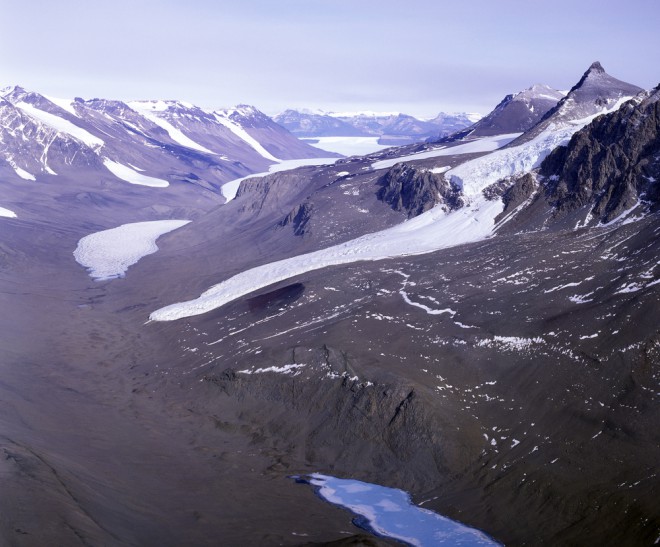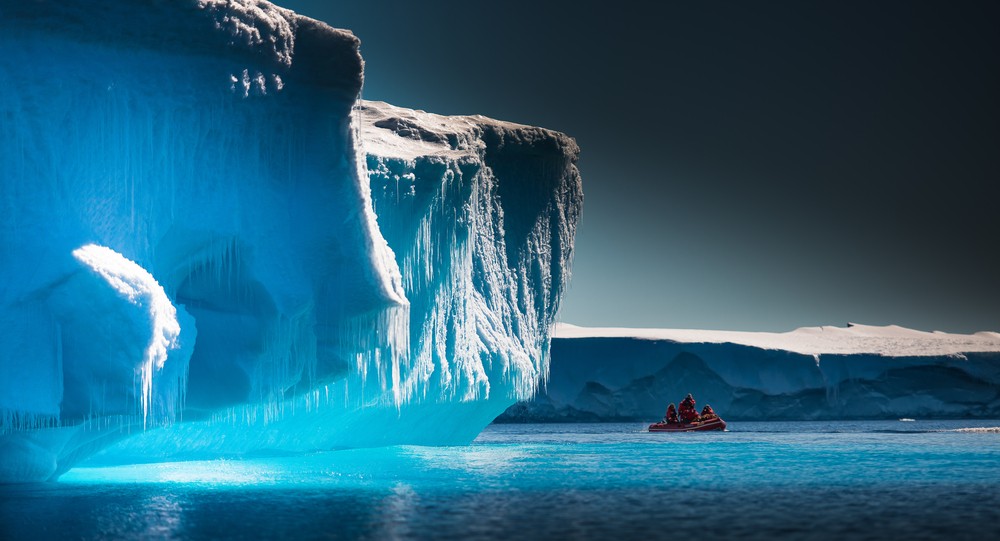Although we sometimes think that we already know everything about our planet, this is far from the case. This is especially true for hard-to-reach places. Antarctica is certainly in a class of its own among such areas.
Antarctica is probably the least explored continent on Earth. Ice desert, which boasts an area larger than Europe, still hides many secrets for now. Scientists will have a lot of work to do in the future if they want to explore the common 14 million square kilometers of surface.
1. First match on Tinder
An American scientist decided to spend some time in a December evening for fun. He downloaded the Tinder dating app on his smartphone. He soon tracked down a female researcher who was a 45-minute helicopter ride away. He slid to the right, and then his new friend did the same.
2. Some places without rainfall for 2 million years

About 1 % of the continent is made up of dry valleys – areas that have not seen rain or snow for nearly 2 million years. Some scientists predict that their area could increase by as much as 25 times by the end of the 21st century due to climate change.
4. 70 % of the world's fresh water is located in Antarctica
Antarctica can boast of many riches. These include as much as 90 % of the world's ice volume and 70 % of fresh water reserves. If all the ice in Antarctica were to melt, sea levels would rise by about 61 meters.
3. Bloody waterfall
Don't worry - no real blood flows in Antarctica. The water of the hundred-meter-long stream that flows down the Taylor Glacier is dark red in color and, fortunately, only resembles blood. Where does the bloody waterfall come from? Beneath the glacier is a water system with salty and cold water with a high iron content.
5. A large number of meteorites
Scientists claim that meteorites, stones that fall to Earth from space, are equally likely to land on all parts of the Earth's surface. In humid areas, such as a tropical rain forest, they break down rather quickly. Antarctica has a dry climate, but at the same time, stones on a white background are not difficult to spot. Since 1976, researchers have already collected 20,000 samples of various meteorites.
6. The first man born in Antarctica
In 1978, Emilio Marcos Palma made history as the first person to cry into the world in Antarctica. To date, 10 people have been born on this continent, and Palma can still boast the title of the person born at the southernmost point.
7. An iceberg bigger than Jamaica

The largest iceberg recorded by researchers so far measured 295 km in length and 37 km in width. The area of Mount B-15 was as much as 11,000 square kilometers, which means that it was larger than the Caribbean island of Jamaica. In 2000, it broke into several parts.
8. The oldest sperm in the world
In 2015, Swedish scientists found sperm in the fossilized cocoon of a larva in Antarctica, which is believed to have been created 50 million years ago.
9. The average ice thickness is 1.6 km

Antarctica is practically completely covered by a thick layer of ice. The only exception in this area are the previously mentioned dry valleys. The thickness of the ice is on average 1.6 km, but in some areas it reaches up to 4.8 km.
10. Tropical continent
It's hard to believe, but Antarctica was once a tropical continent. The concentration of carbon dioxide in the air 52 million years ago was twice as high as it is today. The temperatures were significantly higher because of this. If the trend of increasing carbon dioxide emissions continues in the future, we can expect Antarctica to be colored green again in a few hundred years.






